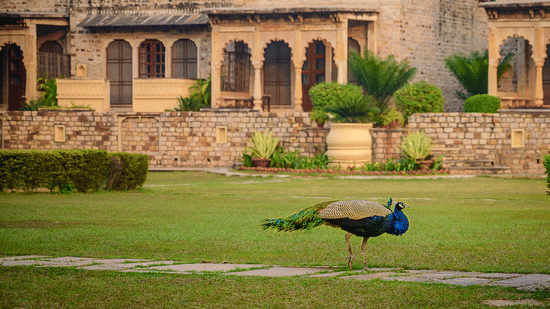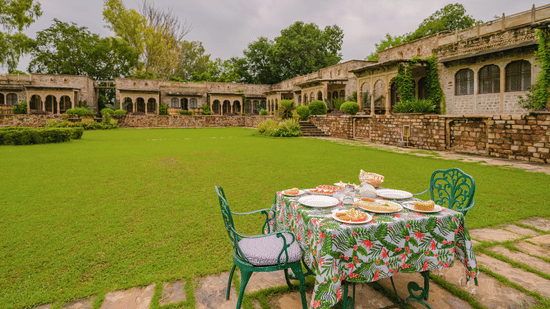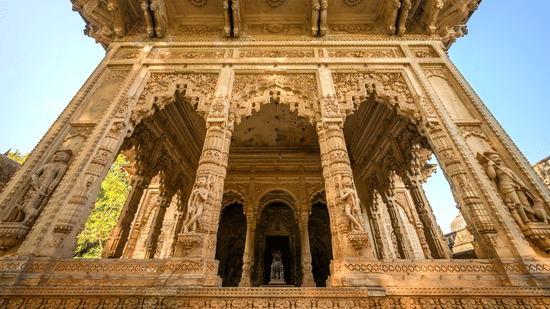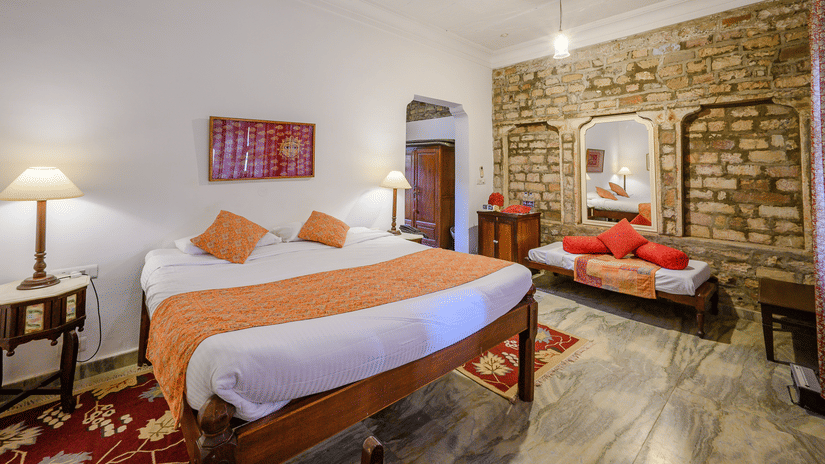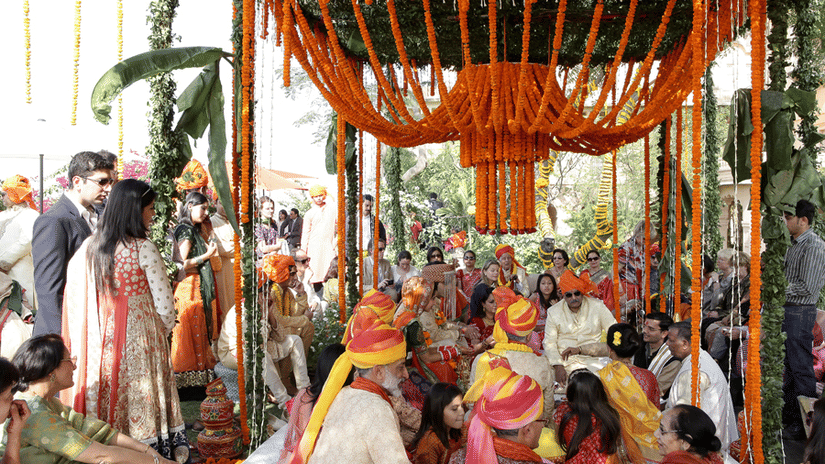- Shopping in Kochi - Copy
- Shopping in Kochi
- New Year Celebration in Rajasthan
- Christmas in Goa
- Trip from Delhi to Alwar
- New Year Celebration in Goa
- History of Maratha Empire
- New Year in Kochi
- Places of Interest in Gwalior
- Bala Quila, Alwar
- Jet Ski in Goa
- Paradesi Synagogue, Kochi
- Explore Gwalior Fort
- Visiting the Vast History: Kochi Mattancherry Palace
- Heritage Wedding in Rajasthan
- Tourist Attractions in Gwalior
- Hotel in Tijara
- Cabo De Rama Beach
- Matsya Festival
- Trip from Bangalore to Goa
- Tourist Attractions in Patiala You Shouldn't Miss
- Jagannath Mela in Alwar
- Waterfalls in Goa
- Ideal Places for a Short Trip near Delhi
- Hidden Gems in Rajasthan
- Delhi to Sariska National Park: Trip Guide
- Traveller’s Guide to Goa Carnival
- Weekend Trip from Gurgaon
- Trip to Rajasthan with Family
- Delhi to Rishikesh to Nainital
- Delhi to Patiala Tour Guide
- New Year Celebration Near Delhi NCR
- Christmas Celebration in Tijara Fort Palace, Alwar, Rajasthan
- Nainital in the Winter Season
- Sunburn Goa 2024
- Trip to Alwar
- Water Sports in South Goa
- New Year Eve Party in South Goa
- Moosi Maharani Ki Chhatri
- Siliserh Lake
- Must try dishes in Rajasthan
- Best Places to Visit around Jaipur
- Solo Trip to Rajasthan
- Sariska National Park
- Places to visit in Rajasthan in December
- Staycation Near Delhi NCR
- Best Holiday Destinations Near Delhi
- Best Resorts Near Delhi for Family
- Vacations near Delhi
- Goa in Summer Season
- Naina Devi Temple, Nainital
- Best Time to Visit Rishikesh
- Tijara Ji Jain Temple
- Must Visit Historical Sites in South Goa
- Local Food in South Goa
- Traditional Festivals of Rajasthan
- Naina Peak Trek
- Fatehpur Shekhawati
- Activities in Nainital
- Local Food in Tranquebar
- Alwar Famous Food
- Offbeat Places in Nainital
- Offbeat Places in South Goa
- Offbeat Places in Rajasthan
- History of Tharangambadi
- Best time to visit Nainital
- Best Beaches in South Goa
- History of Shekhawati
- The Best Beaches in Tamil Nadu
- Places to Visit in Shekhawati
- New Year Celebration in Nainital
- Weekend Trip in Tamil Nadu
- New Year in Goa
- Nainital Itinerary for 2 Days
- The Best Places to Visit in Patiala
- Places to Visit in Tharangambadi
- South Goa Itinerary for 3 Days
- Tourist Attractions in Alwar
- Kochi 2-day Itinerary
- Things to Do in South Goa
- Places to Visit in Gwalior
- Weekend Getaway from Jaipur
- Best Places to Visit in Alwar
- Best Time to Visit Alwar
- Places to Visit in Alwar
- Best Time to Visit Gwalior
- Literary Connections of Ramgarh: Tagore and Mahadevi Verma
- Things to Do in Alwar in Monsoon
- Exploring the Festivals of Alwar
- Everything You Need to Know About Betul, Goa
- Things to Do in Kochi at Night
- Uttarakhand Itinerary for 7 Days
- Best Time to Visit Kochi
- Visit The Mesmerising Hill Stations in South India
- The Best Places to Visit Near Nainital
- A Weekend Getaway to Ramgarh: Travel Guide
- Explore The Magical Cochin Backwaters
- The Majestic Coonoor to Ooty Toy Train
- The Best Vacation Spots Near Chennai
- Must Visit Places in Kerala
- Destination Wedding in Rajasthan
- Exploring the Orchards in Ramgarh
- Explore the Museums of Tranquebar
- Masilamani Nathar Temple, Tharangambadi
- Things to Do in Kesroli
- Best Places to Visit in South India in January
- Exploring the Tamil Nadu Coastline
- Places to Visit in Gwalior at Night
- Places to visit in Rajasthan in Winter
- Unexplored Treasures of Uttarakhand
- A Visit to Mangalavanam Bird Sanctuary
- Royal Rajasthani Weddings
- Rajasthan Itinerary for 7 days
- Into the Wilderness of Rajasthan’s National Parks
- Explore the Historic Town of Neemrana, Rajasthan
- Enchanting Lakes of Nainital
- A Dive Into the Royal History of Alwar
- Trails and Treks near Nainital
- The Seven Most Frequented Places in Rishikesh
- Kochi: The Queen of the Arabian Sea
- Fairy Queen: The Oldest Working Steam Locomotive
- Forts and Palaces of Alwar
- The Unparalleled Art and Culture of Madhya Pradesh
- Best Beaches To Visit in Cochin
- A Spiritual Journey to the Temples in Alwar
- Handicrafts of Rajasthan
- Places to Eat Street Food in Gwalior
- Wellness Retreats in Rishikesh
- The Danish History of Tranquebar
- Of Mystical Spaces and Hidden Treasures
- Rehabilitating Our Roots in Ruins... A Meet with Mr Aman Nath
- Our Annual Getaway to the Ramgarh Bungalows
- Experience Gwalior The Royal Way With Deo Bagh
- Living it up at a 14th Century Fort
- The Best of Both Worlds - Delhi and Jaipur
- Alwar City - Attractions
- Gwalior - The Tourist Capital
- Drivable Weekend Getaway from Delhi-NCR
- Hiking and Trekking Trails near Jaipur
- Safe Weekend Getaway from Delhi
- Trek Trails from Rishikesh
- Things to do Around Tranquebar Fort
- Majestic Temples of Gwalior
- Tea Plantations of Coonoor
- Fort Stay in Alwar
- Best Places to Visit in Tamil Nadu
- Shopping in Gwalior
- The Chinese Fishing Nets of Kochi
- Exotic Swimming Experiences near Delhi
- Ketty Valley, The Second Largest Gorge in the World
The Maratha Empire, a formidable power in 17th-century India, emerged from the western Deccan region under the visionary leadership of Chhatrapati Shivaji Maharaj. Over the following centuries, the empire expanded significantly, influencing vast tracts of the Indian subcontinent. Central to this rise was the strategic city of Gwalior, which played a pivotal role as a military, political, and important hub in the Maratha era. This blog examines the intertwined history of Maratha Empire and Gwalior’s significance in its evolution, highlighting the legacy it has left behind, including notable heritage sites such as the majestic Deo Bagh.
Rise of the Maratha Empire
The Maratha Empire’s beginnings date back to the 1600s with Shivaji Maharaj’s leadership. Known for his foresight and military acumen, Shivaji was crowned in 1674, officially establishing the Maratha kingdom. His innovative guerrilla warfare tactics and administrative skills laid the groundwork for a resilient empire that challenged the Mughal dominance.
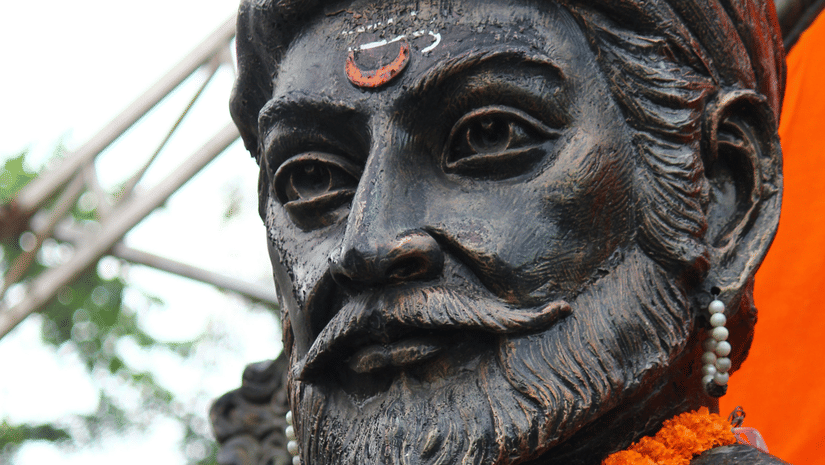
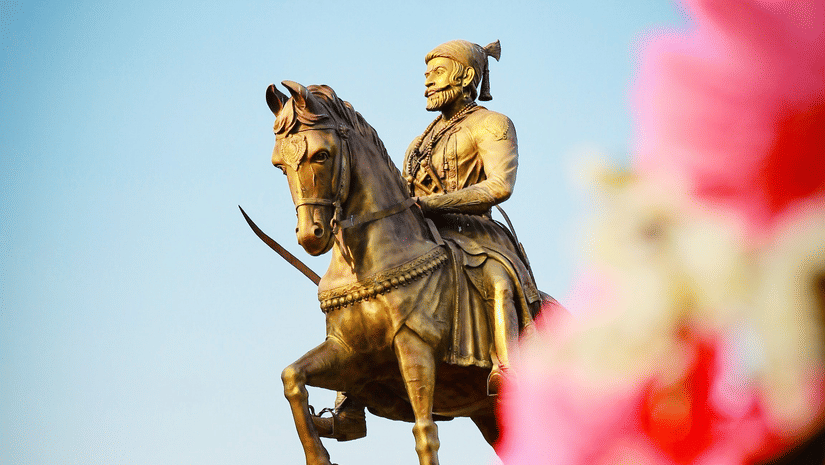
The Scindia Family & The Marathas
After the reign of Shivaji Maharaj, Peshwa Bajirao I rose to prominence and established the Maratha Confederacy—a powerful alliance of Maratha chiefs united under his leadership to challenge Mughal dominance. During his rule, one of the houses that gained significant political importance was the Scindia family, whose association with Gwalior became a defining feature of the empire’s expansion.
Gwalior’s Role in the Maratha Confederacy
Gwalior’s strategic location on key trade and military routes made it an invaluable stronghold for the Maratha Confederacy. During the 18th century, the Scindia dynasty established its seat of power in Gwalior, turning the city into a centre for governance and cultural patronage within the empire. The Scindias not only fortified Gwalior’s intricate forts but also used the city as a base for expanding Maratha influence across northern India. Their rule contributed to the socio-political fabric of Gwalior, deeply embedding Maratha culture and architecture into the region’s identity.
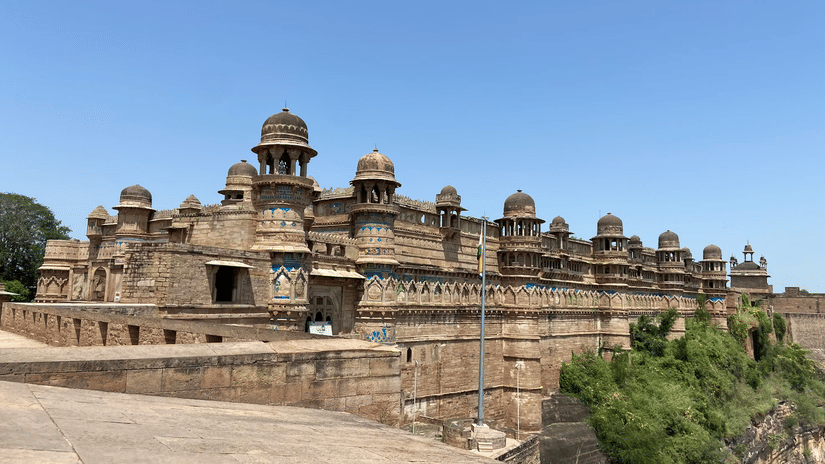
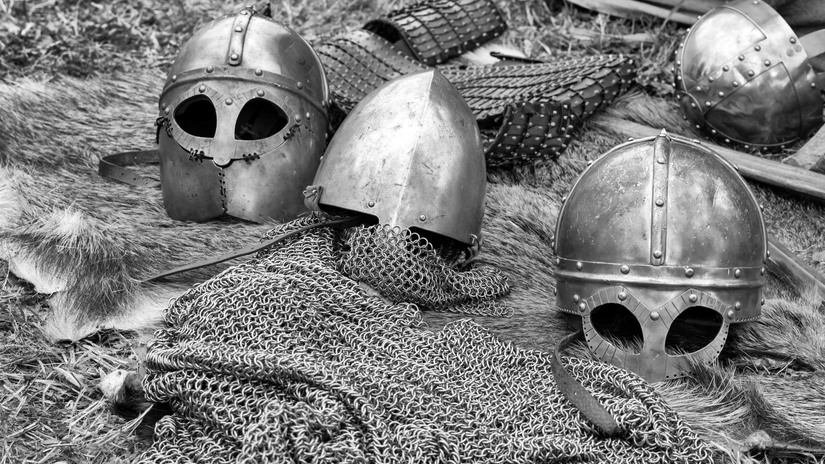
The Third Battle of Panipat & Its Aftermath
The Third Battle of Panipat in 1761 was a turning point for the Maratha Empire. Though defeated by Ahmad Shah Durrani’s forces, the Marathas soon demonstrated resilience, eventually rallying to regain lost territories. Post-battle, Gwalior emerged as a crucial strategic centre for rebuilding Maratha power in northern India. During this rebuilding phase, the city served as a bastion for the Scindia rulers, influencing both regional politics and military strategies and ensuring the Maratha Empire's continued relevance.
Deo Bagh: A Heritage Site Reflecting Maratha Legacy
Deo Bagh, situated in Gwalior, is a magnificent heritage site that reflects the architectural brilliance and historical significance of the Maratha era. Upon entering, visitors are greeted by gardens that beautifully blend classic Maratha design with Mughal-inspired landscaping, setting a serene and historic atmosphere. The lush lawns and elegant pavilions of Deo Bagh tell stories of a time when Maratha artistry and cultural splendour flourished. It stands as a tribute to Gwalior’s cultural peak under Maratha rule, inviting history lovers to step into a living reflection of that glorious past.
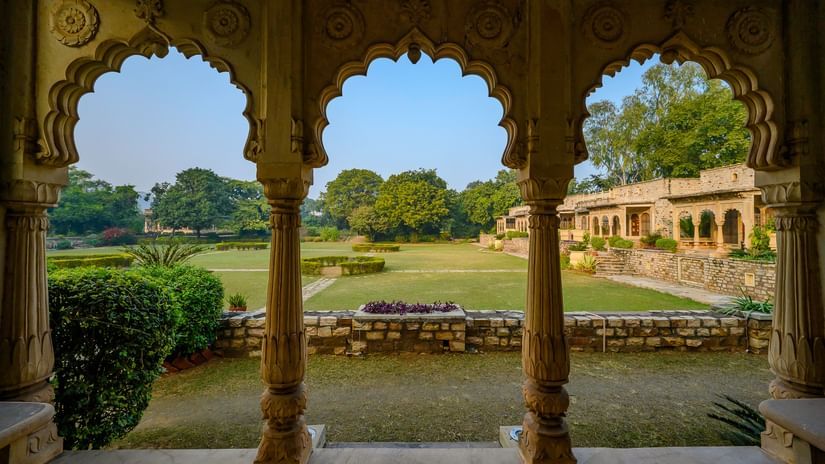
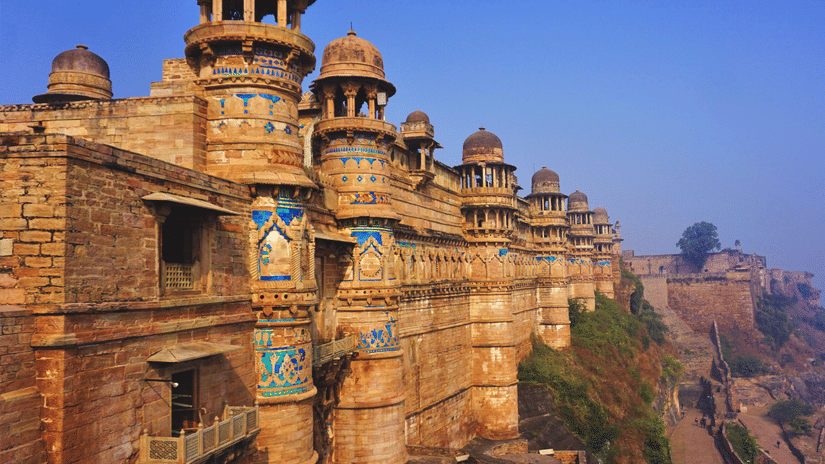
Visiting Gwalior: Tracing Maratha Footprints
For travellers interested in exploring Maratha history, Gwalior presents a rich collection of landmarks, including its iconic fort, magnificent palaces, and ancient temples, alongside the heritage site of Deo Bagh. History enthusiasts can visit the majestic Gwalior Fort, a grand sandstone structure perched atop a steep hill, or explore the Jai Vilas Palace—the current residence of the Scindia family—which offers fascinating insights into the empire’s military prowess and royal lifestyle through its museums. Those drawn to temple architecture can admire the Dravidian-style Teli ka Mandir or the intricately carved sandstone Sas Bahu Temple. Well-connected by rail and road, Gwalior ensures a seamless and rewarding journey for every visitor.
Stay at Deo Bagh - 17th Century, Gwalior
Deo Bagh, nestled in the historic city of Gwalior, is a quiet reminder of the 17th century and the Maratha era’s understated architectural grace. As you step in, peacocks wander through the gardens, and two in-house Maratha temples with intricate carvings set a calm, reflective tone—ideal for an unhurried holiday.
The lush lawns lead you to a sumptuous evening tea enjoyed under clear blue skies—or a soft, golden twilight on winter evenings, where a warm cup of coffee pairs perfectly with the crisp air. Here, a simple yet authentic Bhopali lunch can also be savoured at the Chhatisdari at leisure, allowing guests to soak in the surroundings much as they might have experienced centuries ago.
Deo Bagh carries the quiet strength of a place that has witnessed history unfold slowly and gracefully. It stands as a subtle tribute to Gwalior’s cultural peak under Maratha rule—inviting travellers to experience the past through timeless architecture, flavours of the region, and cosy verandah sit-outs where nature and heritage quietly meet, often with a peacock or two keeping you company.
Stays that Echoes the Past
Enhance your Gwalior experience with a stay at Deo Bagh, one of the few remaining garden hotels in the city that gently captures the spirit of the Marathas. The property features 15 distinct rooms, each with its own character, spread across five wings that overlook the serene Nau Bagh garden—creating a quiet balance between historic charm and simple modern comfort. Within this ‘non-hotel’ Hotel, history unfolds effortlessly. Two 17th-18th century Maratha temples, two elegant cenotaphs, and a pavilion with 36 graceful arches stand as living testaments to a time gone by. Every corner here invites you to pause, observe, and breathe a little slower. A stay at Deo Bagh isn’t just accommodation—it’s an experience of quiet heritage and soft nostalgia. You leave not only rested, but with memories that linger gently, long after you’ve returned to the bustle of everyday life.
Weddings, Conferences & Everything In Between
We are also a preferred destination to turn your happily ever after celebrations into the most cherished moments of your life. Our heritage property sets the perfect stage for destination weddings in Gwalior, offering the flexibility of multiple backdrops for each of your wedding rituals. For those seeking an intimate or off-site conference venue, we accommodate gatherings of up to 30 guests—ideal for private meetings or exclusive events. Between your celebrations, unwind amidst tranquil gardens that are home to over 30 species of birds, savour authentic regional flavours at our in-house dining spaces, and explore the nearby attractions that make Gwalior so captivating. Whatever brings you to our doorstep, we ensure your stay in Gwalior is truly memorable—filled with warmth, heritage, and timeless charm.
The Maratha Empire’s history is marked by vision, resilience, and legacy, with Gwalior standing as a proud symbol of this enduring heritage. From Shivaji Maharaj, who established the empire and redefined Indian sovereignty, to the Scindia dynasty, which expanded Maratha influence northwards, Gwalior became a political and cultural heartland. Its forts, palaces, and heritage sites, such as Deo Bagh, echo the grandeur of an era shaped by leadership and intellect. Today, visitors can retrace the footsteps of visionary leaders while staying at Deo Bagh, which offers timeless architecture and tranquil gardens—a perfect tribute to the Maratha legacy.
FAQs
1. What is the historical importance of Gwalior in the Maratha Empire?
Gwalior served as a strategic military and political centre for the Scindia dynasty, integral to the Maratha Confederacy’s expansion and influence.
2. Who was Shivaji Maharaj, and what was his role in the Maratha Empire?
Shivaji Maharaj was the founder of the Maratha Empire, known for his military tactics and governance, and was crowned in 1674.
3. How did the Scindia family contribute to Gwalior’s history?
The Scindias established their rule in Gwalior, fortifying the city and fostering its cultural and administrative development under Maratha leadership.
4. What was the significance of the Third Battle of Panipat for the Marathas?
Though a defeat, it was a pivotal event that prompted the Marathas to regroup and continue their influence, with Gwalior playing a key role thereafter.
5. What can visitors expect to see at Deo Bagh?
Deo Bagh features Maratha-era garden architecture, pavilions, and lawns that reflect the heritage of Gwalior.
6. Where is a good place to stay in Gwalior for a historical experience?
Deo Bagh offers heritage accommodation with modern amenities, close to major Maratha landmarks in Gwalior.
7. Where to host a destination wedding in Gwalior?
Deo Bagh is the perfect heritage venue for a destination wedding in Gwalior, offering a setting that blends timeless elegance with modern facilities.
8. Has Deo Bagh received any awards that make it a reliable heritage hotel?
Yes, Deo Bagh has been recognised for its excellence and authenticity. The property received the National Tourism Award in 2019 under the 'Best Heritage Classic' category, a testament to its timeless charm and exceptional hospitality.
